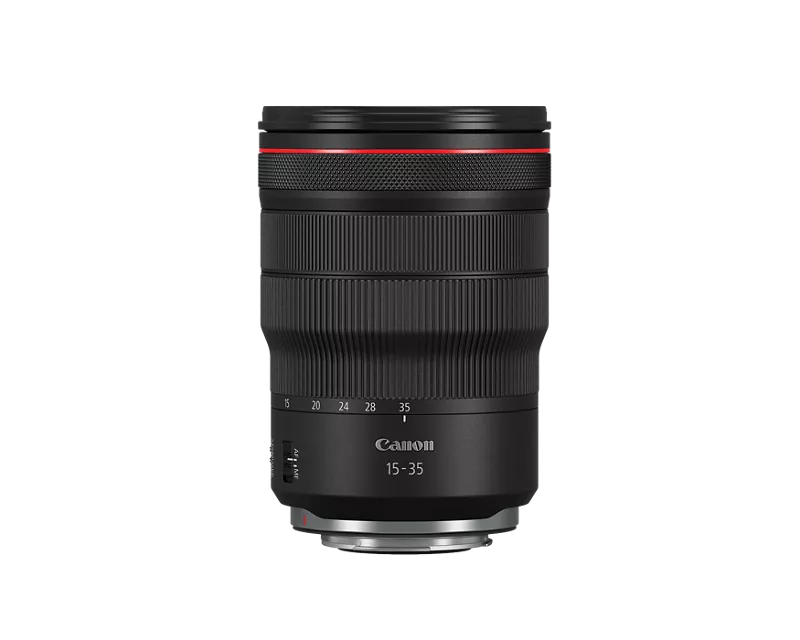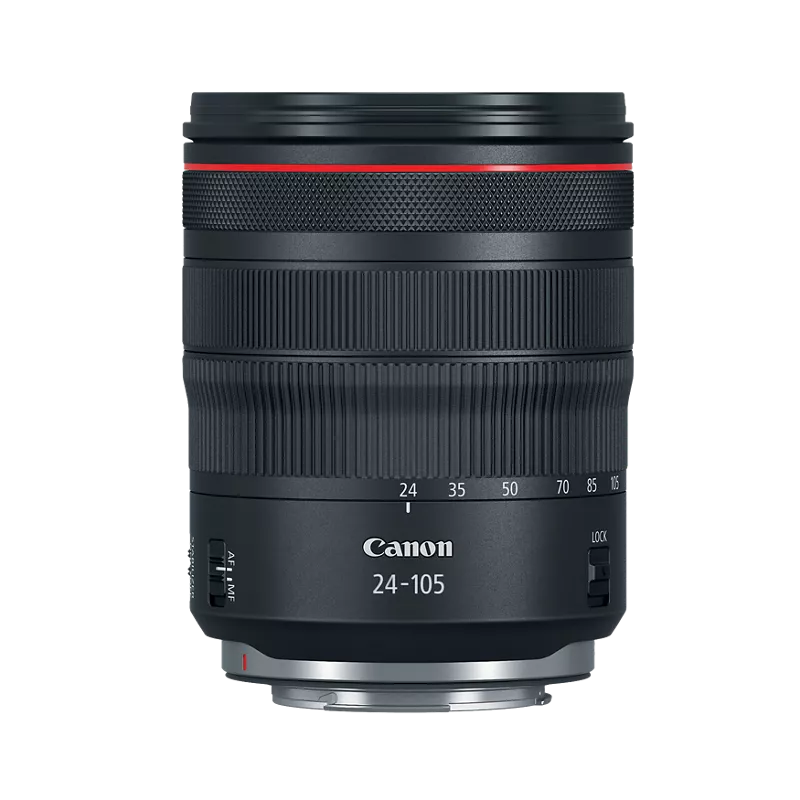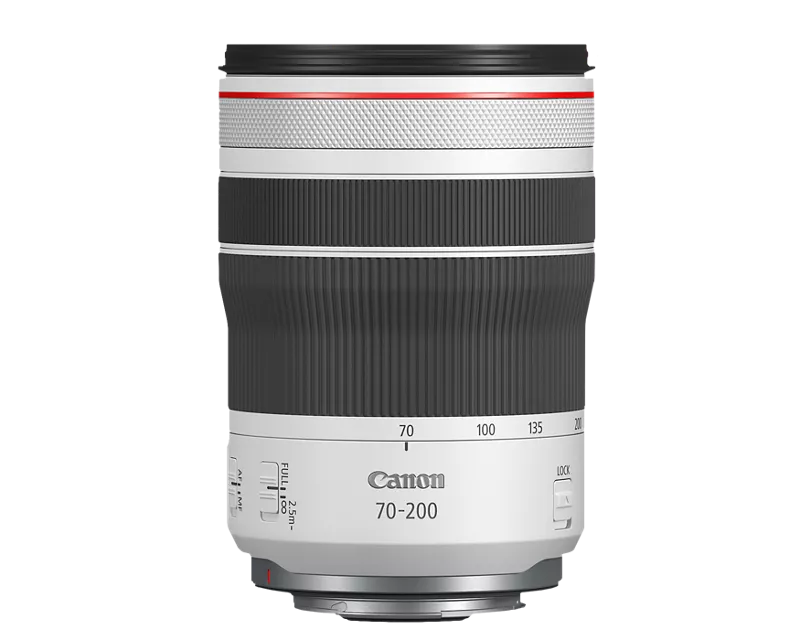- Canon Community
- Gallery
- Share Your Photos
- Hutan, Sumatran Tiger, Melbourne Australia
- Subscribe to RSS Feed
- Mark Topic as New
- Mark Topic as Read
- Float this Topic for Current User
- Bookmark
- Subscribe
- Mute
- Printer Friendly Page
Hutan, Sumatran Tiger, Melbourne Australia
- Mark as New
- Bookmark
- Subscribe
- Mute
- Subscribe to RSS Feed
- Permalink
- Report Inappropriate Content
09-25-2024 09:31 PM - edited 10-11-2024 11:31 PM




Joe
Ancora Imparo
"A good photograph is knowing where to stand."
--- Ansel Adams >
"You don’t take a photograph, you make it."
--- Ansel Adams
- Mark as New
- Bookmark
- Subscribe
- Mute
- Subscribe to RSS Feed
- Permalink
- Report Inappropriate Content
09-28-2024 03:54 PM
Great shots Joe! Tigers are, like all macro predators, a favourite of mine. It's extremely sad that their numbers are plummeting in the wild. In that respect, the role of zoos and refuges in keeping the species DNA going is so important.
cheers, TREVOR
The mark of good photographer is less what they hold in their hand, it's more what they hold in their head;
"All the variety, all the charm, all the beauty of life is made up of light and shadow", Leo Tolstoy;
"Skill in photography is acquired by practice and not by purchase" Percy W. Harris
- Mark as New
- Bookmark
- Subscribe
- Mute
- Subscribe to RSS Feed
- Permalink
- Report Inappropriate Content
10-01-2024 11:12 PM - edited 10-01-2024 11:25 PM
Thanks Trevor,
I know that the big cats, and macro predators are your favorite. I agree that it's extremely sad that the Sumatran tigers are critically endangered, and their numbers are dwindling. I also know that you are well informed of the situation. However, for the benefit of those that are not, at this time there are estimated to be only 350 of them left in the jungles of the Indonesian island of Sumatra (in the wild). Scientifically known as the Panthera tigris sumatrae, Sumatran tigers are the smallest of all tiger subspecies, males typically measure between 7 to 8 feet in length and weigh between 220 to 310 lbs. They have darker orange fur with closely spaced stripes that often dissolve into spots near their ends. They also have a distinctive bear and mane. They are ambush predators relying on stealth and the element of surprise, their roar can be heard as far as 3km away, they love the water and can swim up to 6km and can jump up to 5m in length. As carnivores, their diet consists of animals, including fish, monkeys, wild boar, tapirs and deer. Their numbers are dwindling due to loss of habitat because of deforestation and poaching. Their habitat has been significantly reduced by the expansion of oil palm plantations. Sumatran Tigers are truly remarkable animals, and efforts to protect them are crucial for their survival. "The role of zoos and refuges in keeping the species DNA going is so important." Community involvement, conservationists, are also working with local communities and leveraging religious beliefs to promote tiger conservation. Zoos like the 162-year Melbourne Zoo and the100-year Taronga Zoo in Sydney, which I had the opportunity to visit during my trip to Australia, have programs to fight wildlife extinction. Such as the Melbourne Zoo's Critically Endangered Species Program, "whose goal is to be the world's leading zoos-based conservation organization." The Taronga Zoo's vision: "Securing a shared future for wildlife and people", and their purpose: "Save wildlife, Inspire people and Drive change". Both zoos have made a commitment to make an impact through education and expertise for wildlife care, welfare and environmental leadership. In my opinion both zoos are to be commended for their efforts/programs to save endangered animals/species. Anyone that is going to be in either Sydney or Melbourne should take the time to visit one or both of the zoos.
Joe
Ancora Imparo
"A good photograph is knowing where to stand."
--- Ansel Adams >
"You don’t take a photograph, you make it."
--- Ansel Adams
Canon U.S.A Inc. All Rights Reserved. Reproduction in whole or part without permission is prohibited.







